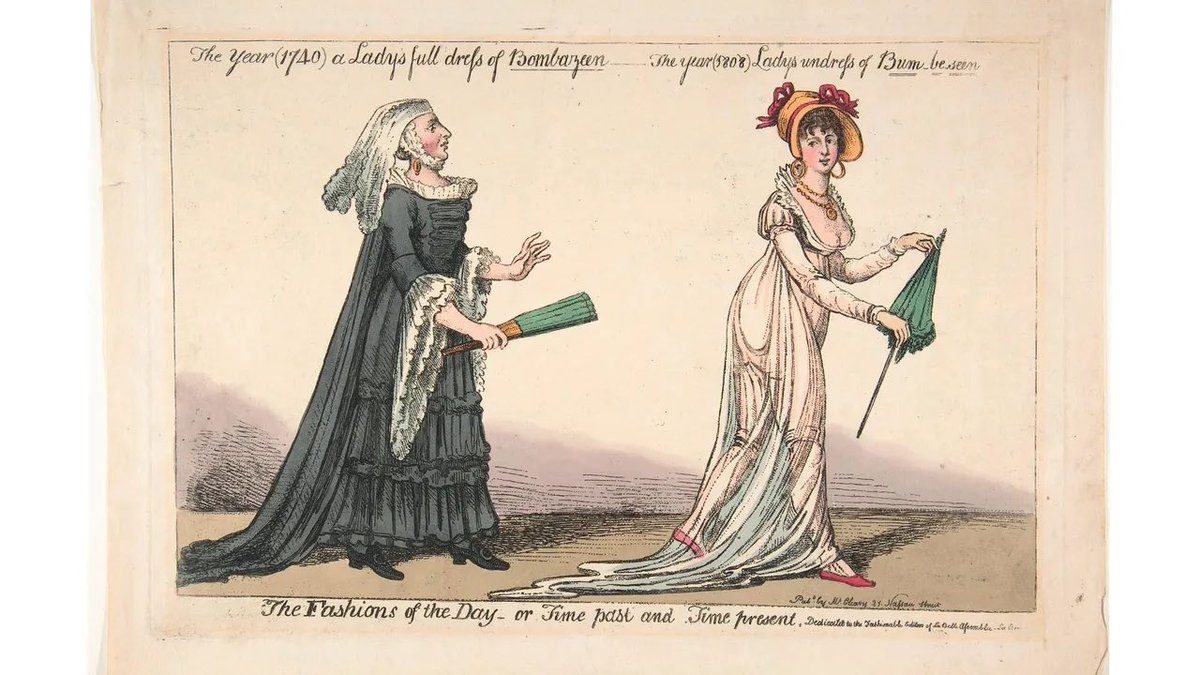
Today is #WorldCottonDay. Here’s Bt cotton (left) with Non-GMO cotton on right! Which cotton would you rather celebrate the #worldcottonday2022 with? 

A Bt cotton field in Australia #WorldCottonDay
https://twitter.com/AgBioWorld/status/1541764624286158848
Did you say why Bt cotton? Here’s why!
https://twitter.com/AgBioWorld/status/1334920228174749699
Or just ask some Indian farmers why they love GMO cotton
https://twitter.com/agbioworld/status/1162740092181635072
This is just one field with two types of cotton, not two photos. The difference between GMO on left and Non- GMO on right is like day and night!!
Roger Morton One on the right, non-GMO, was not sprayed with pesticides, and thus completely decimated by the boll worm. Non-GMO planted next as a refugia, to slowdown the evolution of bollworms resistant to Bt corn.
Photo taken by my friend Prof. Rick Roush when he was working in Australia. He is now dean of ag at Penn State. He is the developer of the concept of refugia while at @Cornell
A similar photo by Dr.Dominic Reisig, an Extension Specialist and Assistant Professor at North Carolina State University. @DominicDReisig
entomologytoday.org/2018/10/23/pro…
entomologytoday.org/2018/10/23/pro…

• • •
Missing some Tweet in this thread? You can try to
force a refresh









